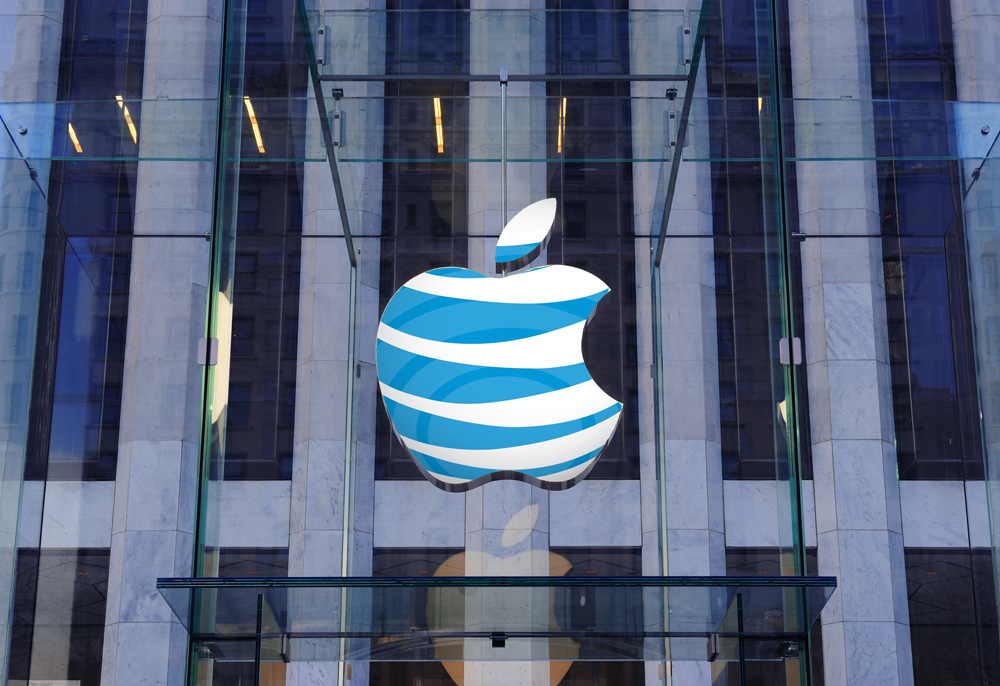Usually when one firm replaces another in the Dow Industrial Average, they have no connection to each other. But with Apple taking the AT&T slot, there is a bit more to contemplate.
Where are we going? What AT&T long ago represented is reminiscent of today’s Apple.
AT&T’s Innovations
The AT&T story starts in 1876 when Alexander Graham Bell got his patent for the telephone. Claiming that his device would transmit a voice as far as twenty miles, he decided to rent rather than sell equipment. With households paying $20 a year and businesses $40, the Bell System provided two telephones, the line that connected them, and free maintenance.
It is easy to forget that someone somewhere had to create all we associate with the telephone. Someone at AT&T decided that a phone had to ring. As for phone numbers, a measles outbreak in Lowell, Massachusetts was the beginning. The AT&T Lowell telephone system depended on switchboard operators who knew the names of their 200 customers. Worried that the system would collapse if their four operators got the measles, they changed from names to numbers.
If we want to see AT&T’s mind-boggling innovations, though, the place was Bell Labs. Between 1925 and 1983, Bell Labs developed the first fax machine, the original laser, the solar battery cell, light emitting diodes, the UNIX operating system, digital cell phone technology and the transistor which led to computer microchips, touchtone phones and hi-def TVs. You get the picture. Their scientists were paid to think.
Doesn’t the AT&T spirit make you think of Apple?
Some AT&T telephone history:

Apple’s Innovations
As you know, in Apple’s long list of innovations, we have the Gui (graphic user interface) and all of the invisible details that compose the iMac, iPod, iPhone, iPad, and (soon-to-be introduced) iWatch.
Perhaps like the phone ringer was someone’s idea, so too was Apple’s start-up chime. Jim Reekes, an Apple engineer, believed that the start-up sound should be “meditative” because it shaped the experience we had with our computer. Winding up with a C-chord that “fades back and forth,” he felt everyone could connect with C major.
And here is Steve Jobs introducing the first iPhone in 2007:
The Dow
On March 19, Apple will enter AT&T’s Dow slot.
But the story is not quite that simple.
The AT&T that is leaving the Dow is different from the firm that first was listed in the Dow in 1916. In 1984, the old AT&T was told to split up. With seven Baby Bells operating independently as local providers and a shrunk Ma Bell, the unraveling had begun. Soon a Baby Bell joined the Dow and then that Baby Bell acquired the AT&T name. Not the AT&T we had known for more than a century, the Baby Bell we call AT&T is the firm now exiting the Dow.
Our Bottom Line: AT&T and Apple
A spiritual descendant of AT&T, Apple’s Dow entry reminds us of our innovative history. It also suggests the never ending march of creative destruction.







Fun and informative – thank you for ‘connecting the dots’.